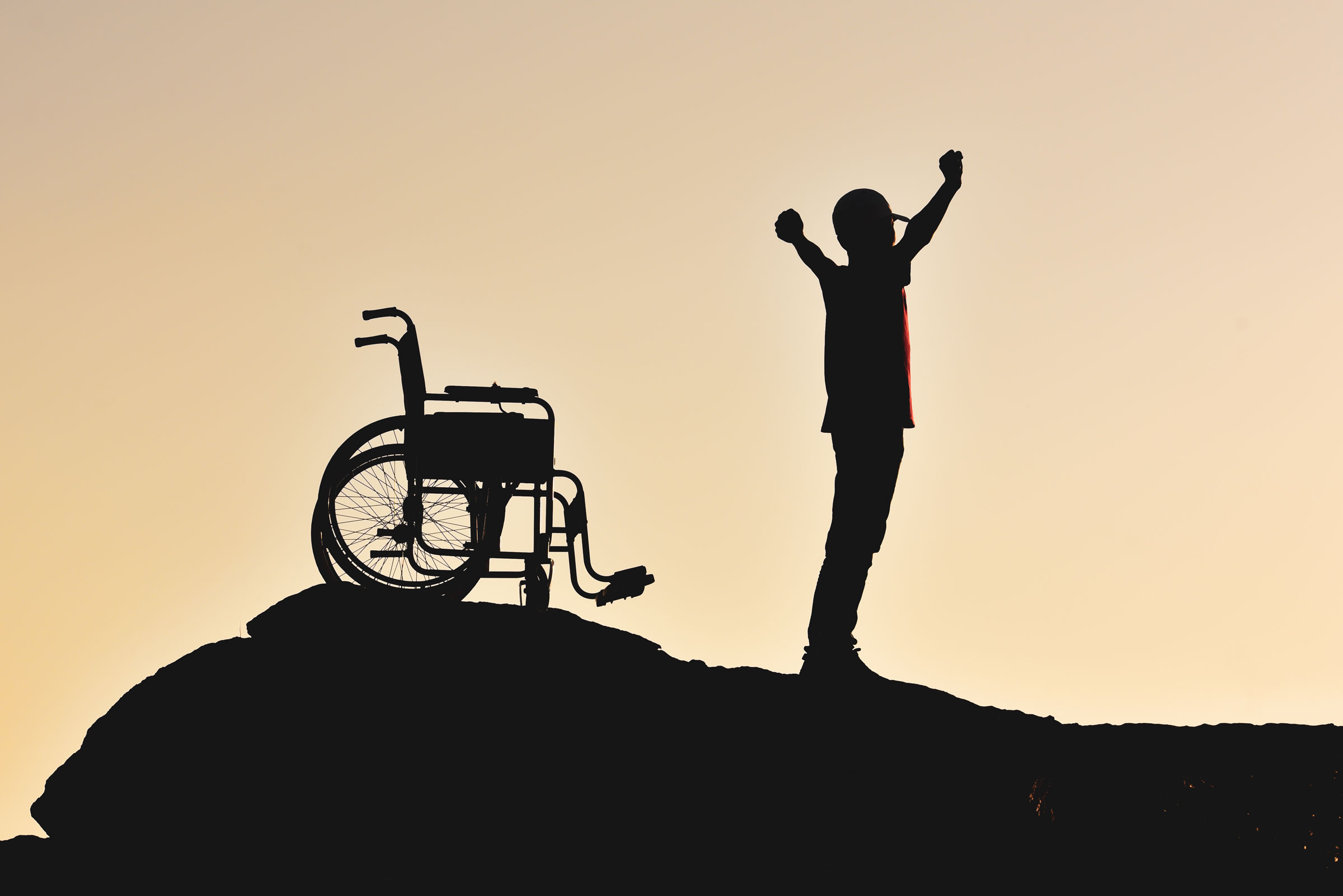
Kelly Peterson, the founder and director of Acorn Hill EAAT Inc. in Motely, Minnesota, has dedicated her life to facilitating therapeutic riding. In 1988, she was in a near-fatal accident caused by a drunk driver. She said when she woke up from an 11-day coma, she was thinking about how powerful it would be to put a child who couldn’t walk on the back of a horse.
She earned a masters in Special Education/Assistive Technology and in 2006, began volunteering at a Professional Association of Therapeutic Horsemanship International (PATH Intl.) center. There she witnessed firsthand the power of equine-assisted activities and therapies (EAAT) and earned her certification in 2015.
Therapeutic riding is just one type of EAAT. Taught on an individual/hourly basis, these sessions address special needs while teaching the participant how to groom, tack and ride a pony or horse, Peterson explained.
“We work with somebody with special needs at any age and teach that person how to ride a horse while we address their needs,” she said. “It is recommended that we have a lesson plan with goals and objectives so that everything is documented, recorded and measured on the spot.”
Therapeutic riding sessions rely on a team that includes the horse, a certified instructor and two side walkers who are there to help a rider if that person loses balance. As the rider becomes more independent, the side walkers move farther away, creating more independence for the rider, but they stay close in case the rider wants or needs them.
“We drive the horse from behind, so there isn’t that limitation of the halter and the lead rope,” said Peterson. “That frees the horse up to freely swing its back, swing its head and use its body because that’s where the magic is in helping people.”


